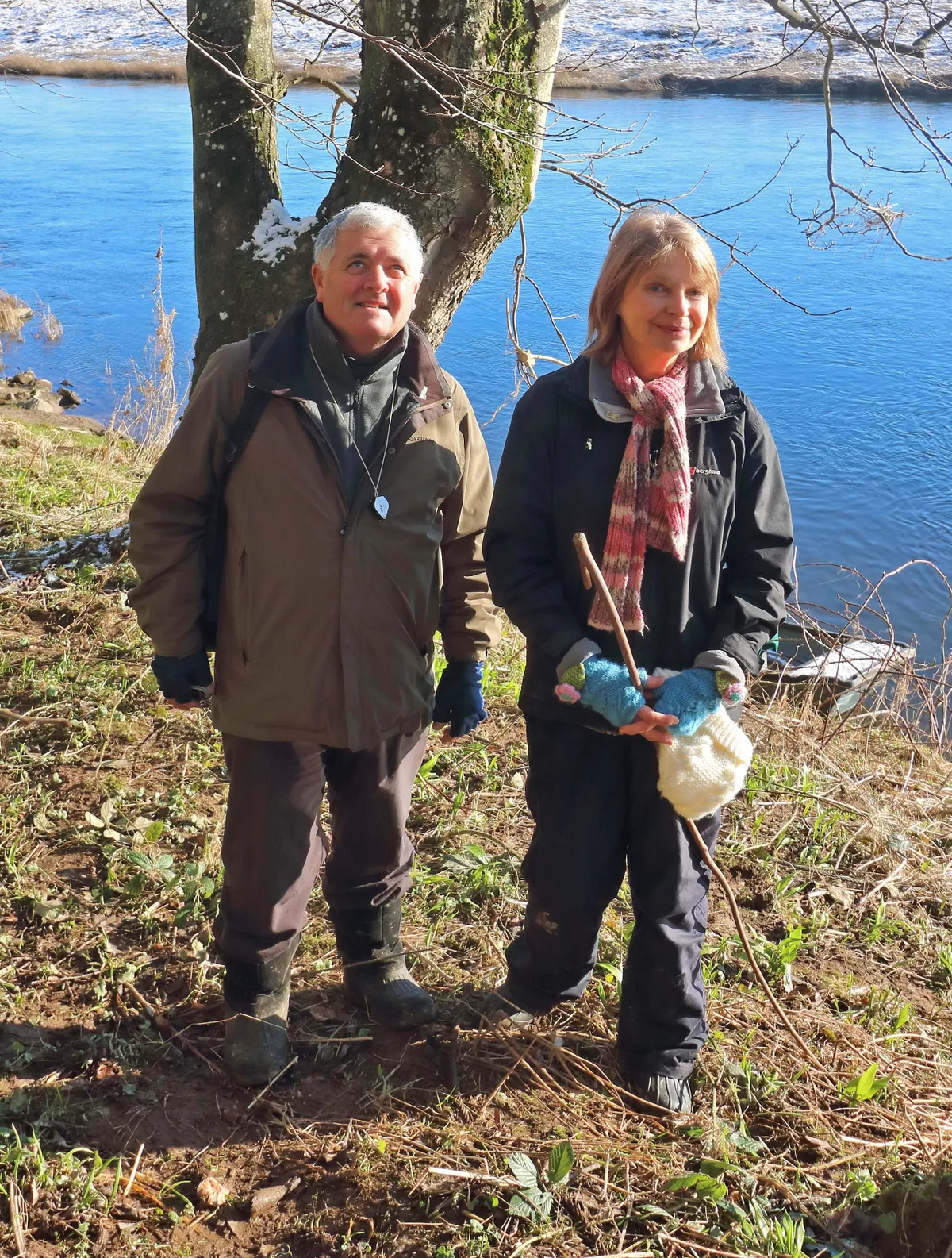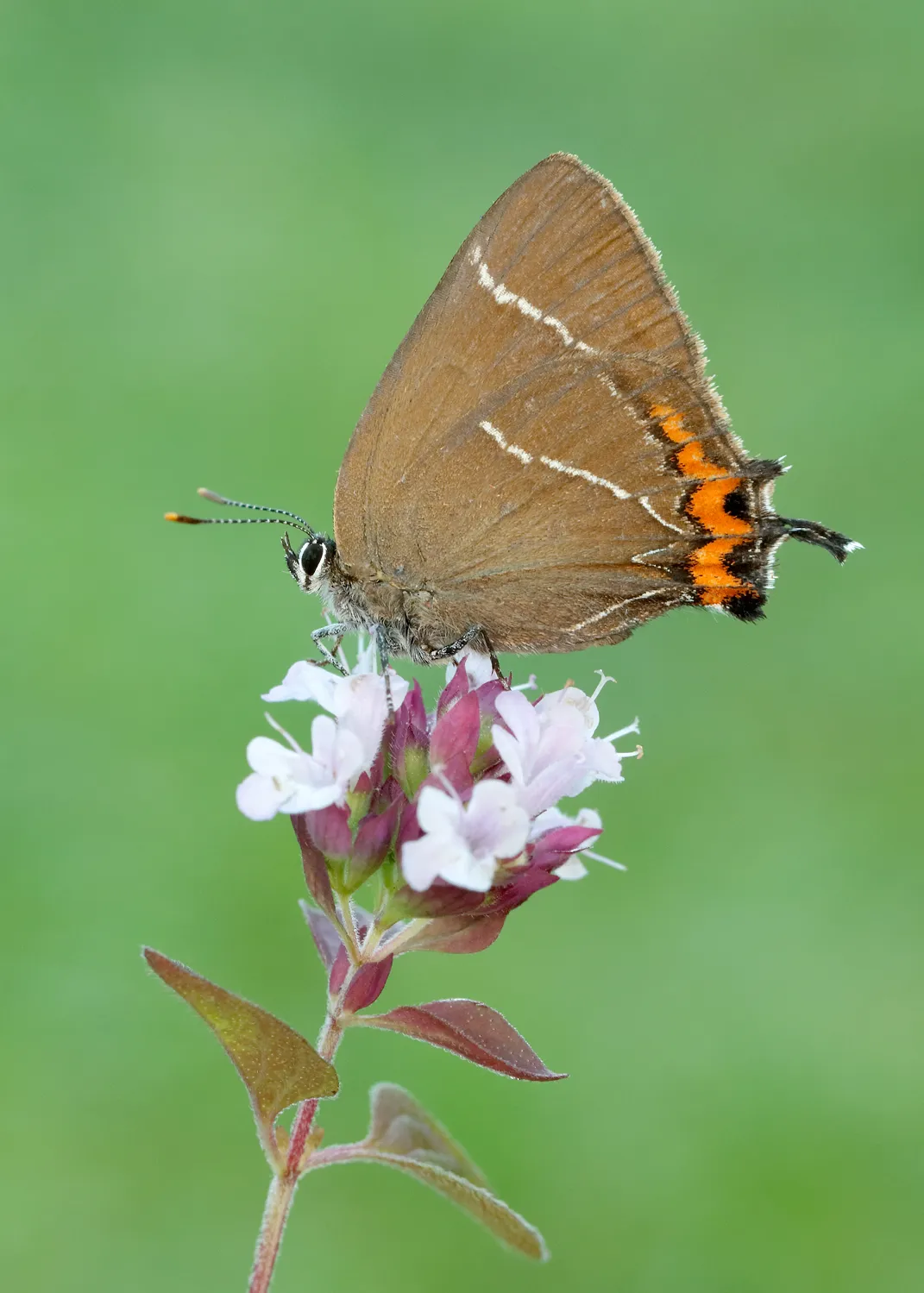Two amateur naturalists are celebrating after finding three white-letter hairstreak butterfly eggs on wych elm trees in Berwickshire, Scotland, on 4 February 2018.
69-year-old Jill Mills and 70-year-old Ken Haydock were checking the trees for eggs, after an adult white-letter hairstreak was spotted in the area by the local butterfly recorder Iain Cowe in August 2017.
“It was a lovely sunny morning and we were searching the elm trees by the river Tweed when Jill called me over,” says Haydock. “I could see by the look on her face that she had found something.”
“We were both beaming with disbelief and delight when we realised what Jill had found and within seconds I was fumbling in my pack for the camera - my hands were shaking!”

The sighting of the adult butterfly in 2017 was the first in Scotland since 1884, but the eggs show that the species could have been breeding here prior to last year.
“One of the eggs was an old, hatched shell – so it looks like the butterfly could have been breeding here since at least 2016,” says Cowe.
The caterpillars of the white-letter hairstreak butterfly feed on elm, and as a result of Dutch Elm disease, the species has suffered with a decline of 72 per cent in the last decade.
Volunteers from Butterfly Conservation have been monitoring the species, including its gradual spread northwards, which experts believe could be due to climate change.

“We will need to have a few more years of confirmed sightings before we can officially class this butterfly as a resident species in Scotland,” says Paul Kirkland, director of Butterfly Conservation Scotland.
“If this happens, it would take the total number of butterflies found in Scotland to 34, which really would be something to celebrate.”
